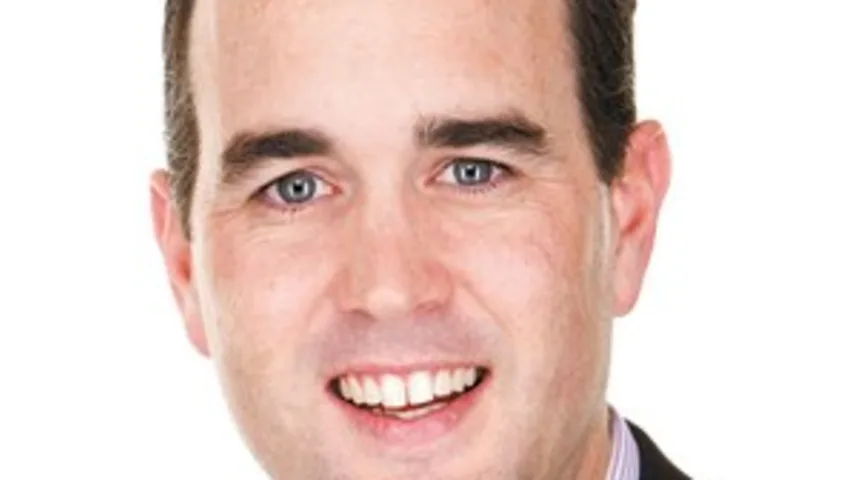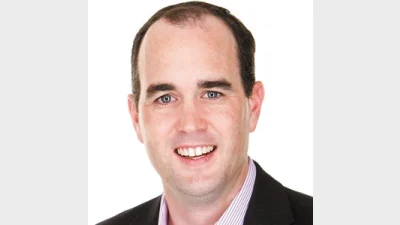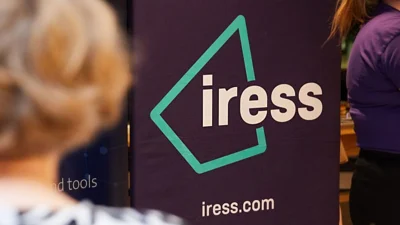The new age of tiered contributions tax



There might be some important tax planning that needs to be done between now and 30 June, according to SMSF Academy's Aaron Dunn.
The superannuation tax concessions received by high income earners has been a bug-bear of the current Government, challenged by falling Budget revenues and trying to even the balance of tax concessions across individuals of varying levels of income.
Last year's Federal Budget - claimed by many as a 'Robin Hood' budget - saw the introduction of a low-income super contribution for individuals earning less than $37,000, and a higher contributions tax (surcharge) for high income earners with more than $300,000 for income.
Both reforms were to take effect from 1 July 2012; however it is only now that the Federal Government is feverishly pushing through legislation before both houses of Parliament before it dissolves for the election on September 14.
How how will this additional contributions tax for high income earners work?
For a member to be subject to the additional contributions tax ('surcharge'), they must have Taxable Contributions (TC).
This is defined as amounts than exceed the $300,000 threshold when applying the following:
Income for Surcharge Purposes (ISP) - Reportable Super Contributions (RSC)
+ Low Tax Contributions (LTC)
(where income for Surcharge Purposes is a similar definition to that which already applies for the Medicare Levy surcharge.)
Low Tax Contributions (LTC) are your low tax contributed amounts less excess concessional contributions (effectively amounts within concessional contribution cap).
Amounts in excess of the concessional contribution cap are not low tax contributions; they are excess contributions and subject to the ECT regime.
How will the payment of the additional contributions tax operate?
The ATO will assess the individual as soon as practicable after the lodgement of the individual's income tax return and the reporting of contributions by the super fund.
Upon assessment by the ATO for the additional contributions tax, a notice of assessment and release authority will be provided to the individual for payment.
Payment of the liability must be made within 21 days, otherwise general interest charges will apply. The individual has a choice to pay the tax liability from their superannuation benefits or via other resources (outside of super).
Where the liability is to be paid by the fund, the member has the ability to issue the release authority to the fund up to 120 days after issue. The fund must comply with this release authority within 30 days.
With the financial year disappearing fast, it is important to consider this issue for those high income earners potentially affected by the reforms and the exposure to this additional contributions surcharge.
There might be some important tax planning that needs to be done between now and 30 June.
Example 1
- David’s income (income for surcharge purposes other than reportable super contributions is $315,000
- His low tax contributions are $25,000
- Combined income and low tax contributions are $340,000
- The amount of low tax contributions ($25,000) < combined income and low tax contributions ($340,000) less the $300,000 threshold (i.e. excess of $40,000)
Example 2
- Sabina’s income (income for surcharge purposes other than reportable super contributions is $285,000
- Her low tax contributions are $25,000
- Combined income and low tax contributions are $310,000
- The amount of low tax contributions ($25,000) > combined income and low tax contributions ($310,000) less the $300,000 threshold (i.e. excess equals $10,000)
- Sabina’s taxable contributions are $10,000
Example 3
- Mark’s income (income for surcharge purposes other than reportable super contributions is $285,000
- Mark made concessional contributions for 2012-13 of $40,000, meaning excess contributions of $15,000 (cap of $25,000)
- His low tax contributions are $25,000
- The $15,000 of excess concessional contributions are not included within the $300,000 threshold to determine whether Mark has taxable contributions
- These amounts are subject to ECT, not higher rate
Aaron Dunn is the founder of The SMSF Academy and the author of thedunnthing.com
Recommended for you
Data and technology provider Novigi has acquired Iress’ superannuation consulting and managed services business from Apex Group.
AMP is to launch a digital advice service to provide retirement advice to members of its AMP Super Fund, in partnership with Bravura Solutions.
Unveiling its performance for the calendar year 2024, AMP has noted a “careful” investment in bitcoin futures proved beneficial for its superannuation members.
SuperRatings has shared the median estimated return for balanced superannuation funds for the calendar year 2024, finding the year achieved “strong and consistent positive” returns.









